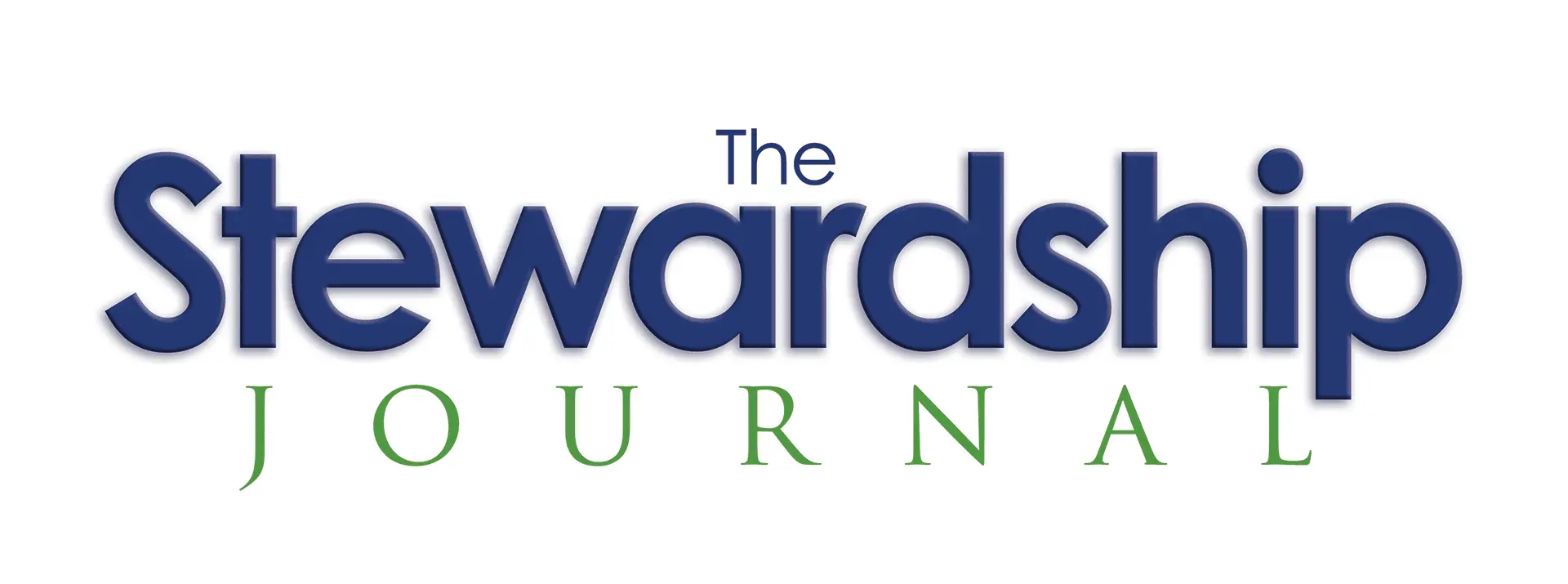CP giving soars to more than 12% above budget. That was the Baptist Press headline on February 3rd, and it is certainly something to rejoice about. The lead paragraph sums up the state of giving in the Convention by saying, “The start of 2022 indicates a continuation of recent giving trends in the SBC as giving through the national Cooperative Program Allocation Budget has soared to more than 12 percent above budget for the fiscal year. January’s $21.1 million total is only the second time a monthly total has surpassed $21 million in the last decade (February 2019).”1.
That is fantastic news. Here in Missouri, we have seen something similar in terms of giving. Missouri Baptists have responded with great generosity, helping us keep our Great Commission focus. When other denominations are struggling financially, Southern Baptists, because of the generosity of our people, have weathered the Covid storm. For now.
Two years into the pandemic, churches are still trying to figure out the path forward. There are a lot of unanswered questions, such as why attendance hasn’t returned to pre-pandemic levels? What will this mean for the future regarding facilities, equipment, outreach, etc.? What is the best path forward now that we learn to live with Covid? A lot is being written on these questions and topics. Yet, few are asking questions about giving. One reason is giving rebounded early in the pandemic and has remained steady for most churches. While it is a blessing that giving has stabilized for many churches, there are still many questions. Here are a few:
- With attendance still not back to pre-pandemic levels, how has CP giving remained high?
- Where did all that money come from?
- How long can we maintain this level of generosity?
We don’t want to rain on the celebratory party about CP giving being 12% ahead of budget, but we do think further study is merited if we are to be prepared for the future.
Let’s start with the question about attendance being below pre-pandemic levels and what that has meant for the typical church in terms of giving. One easy explanation is that online giving helped negate the impact of low attendance. Online giving among churches exploded due to Covid. This, more than anything else, accounts for how giving rebounded.
Apart from the seriously infirmed and the aged, in the churches that we have analyzed, and through the studies we have reviewed, those that have not come back were, for the most part, marginal in their commitment and in their giving. This is typically the crowd that gives sporadically and spontaneously. They are, in essence, a church’s loose plate givers. Loose plate giving for most churches averages around 5% or less of total giving. Losing this amount was not hard to make up.
So, where did the additional giving come from? Again, based on our conversations with pastors, the review of giving data, and through studies, we can confirm that, for the most part, it was your faithful few that dug deeper into their pockets to keep their churches financially secure. With attendance still down, new donors have been hard to come by. We might have seen the amount of dollars given rise, but the number of donors giving those dollars has actually declined. How long can your faithful givers keep giving at their current level?
The answer is not long. The reason why is our donor base is rapidly aging. Currently, Baby Boomers are the largest donor group by the amount given. We now know that 10,000 Boomers a day turn 65 which means they are near or entering their retirement years. Retirees often see incomes cut by 30% to 50%. While these faithful members are still tithing, their gifts are now significantly less than when they were fully employed. One question that few are asking but should is how much longer will Baby Boomers be able to carry our churches financially? Here is another question for you. How many of your top donors are Baby Boomers?
A few years ago, one SBC church did a study of their giving by age demographic. With a $1.5 million budget, they discovered that 84% of that money came from donors 50 and above. 53% came from donors above 64. The irony is that well over 50% of their attendance was younger people under the age of 50. Yet, they gave only 16% of the money given to the church. If this church doesn’t do something they will be in financial trouble sooner rather than later. We see similar demographics across the Southern Baptist Convention.
So, giving has indeed stabilized for many churches and the Cooperative Program is the better for that. Your church may be experiencing similar giving results. Hallelujah! But can we conclude with a few questions you should be asking? First, if giving has stabilized do you know where that giving came from? Then, what percentage of your donors are above 60 years of age? And finally, the most important question is, what are your plans to raise up the next generation of donors?
Our team at the Stewardship Journal exists in part to help you devise plans that will engage the next generation of donors. Giving may be strong now but we are headed for some challenging days unless we can raise up a new generation of Great Commission donors. It’s time to start asking some hard questions about your giving future.


